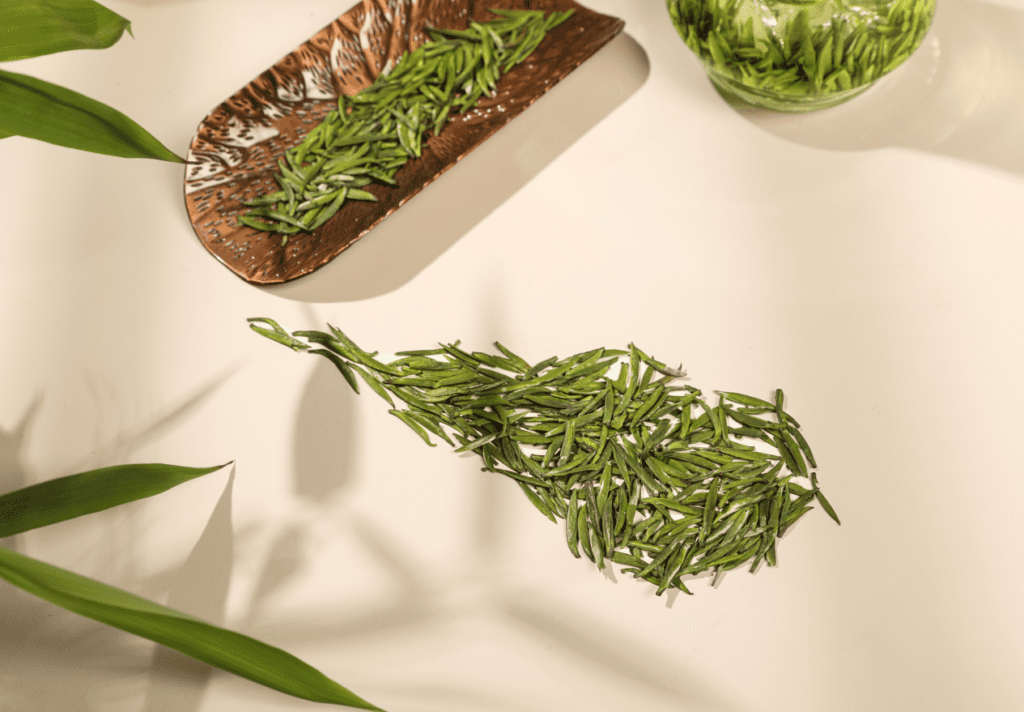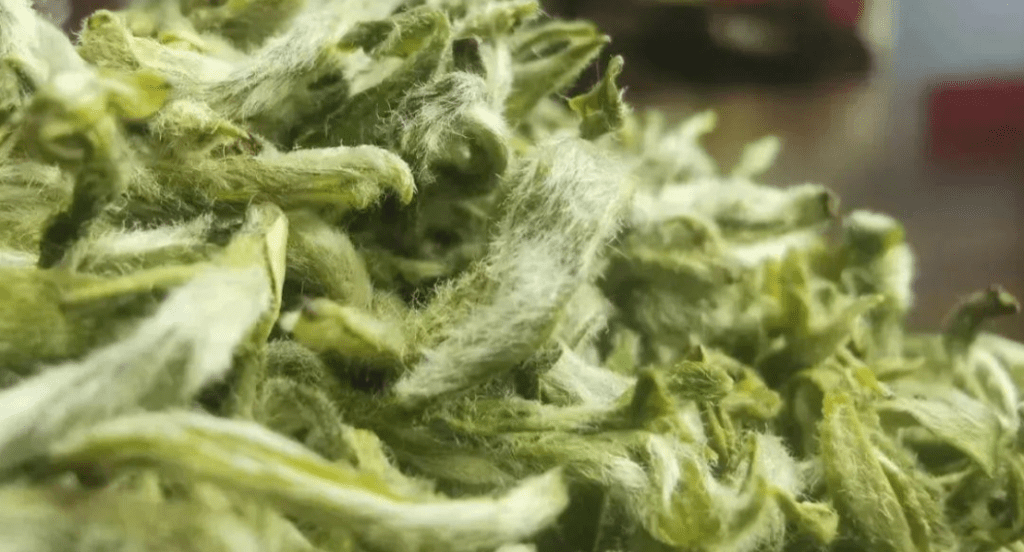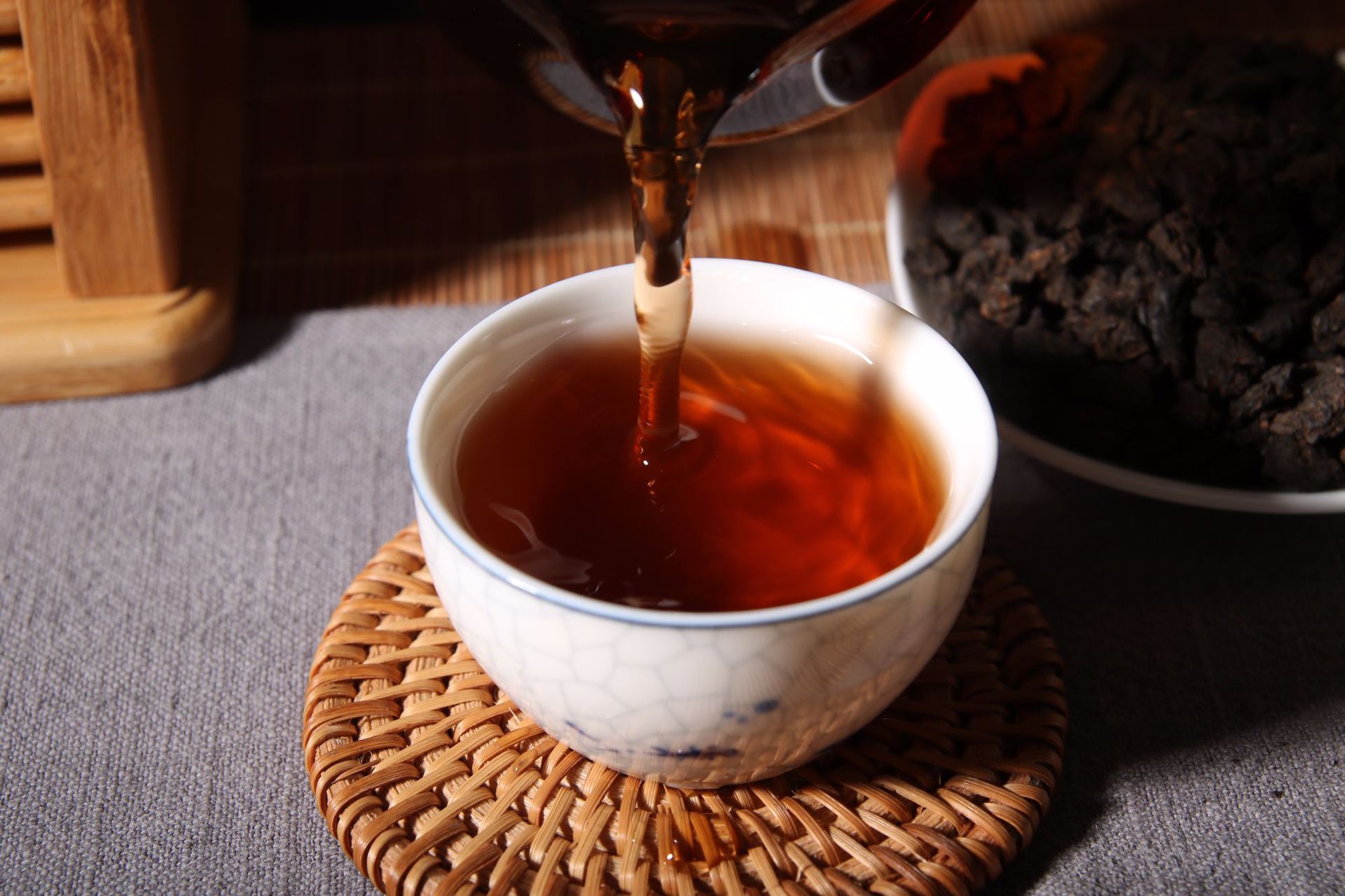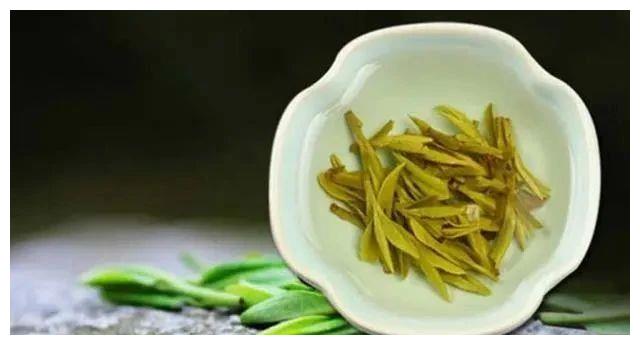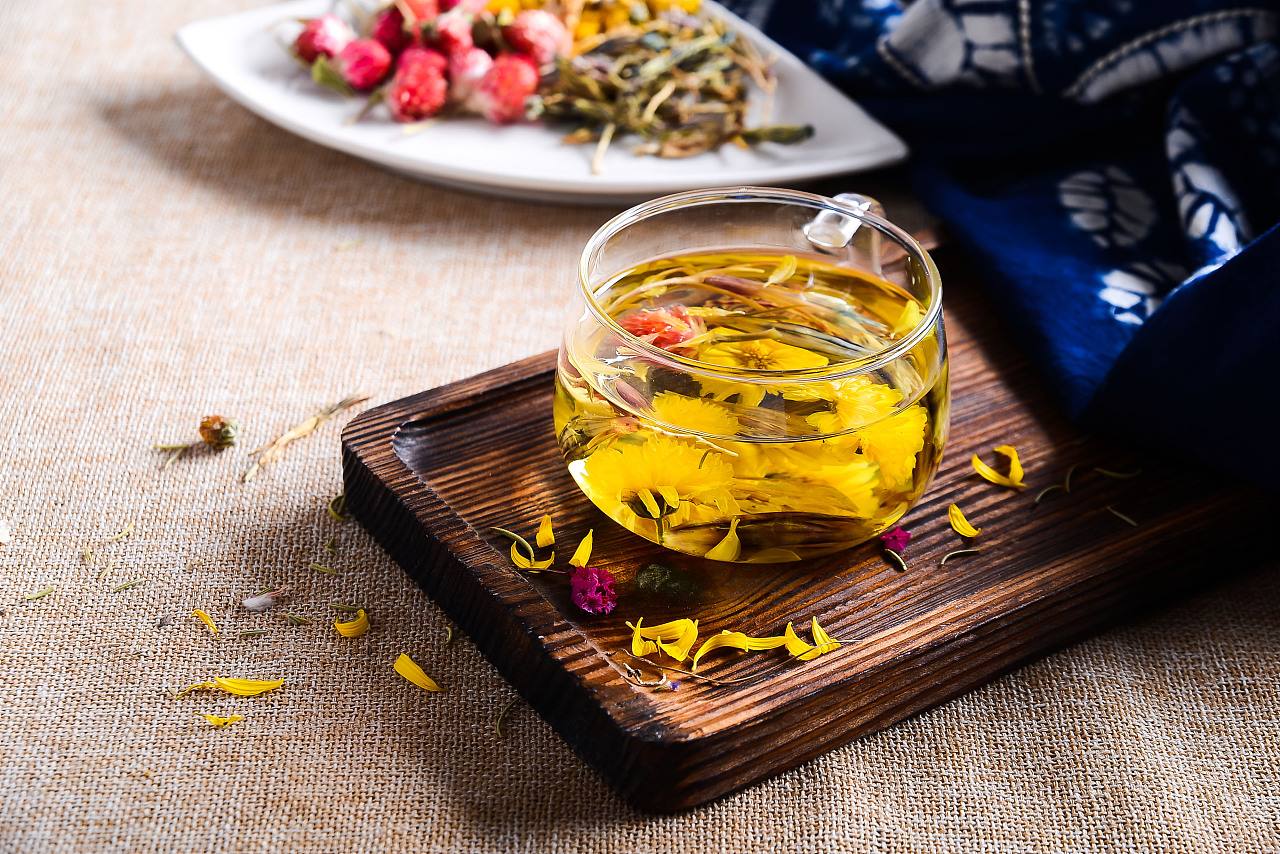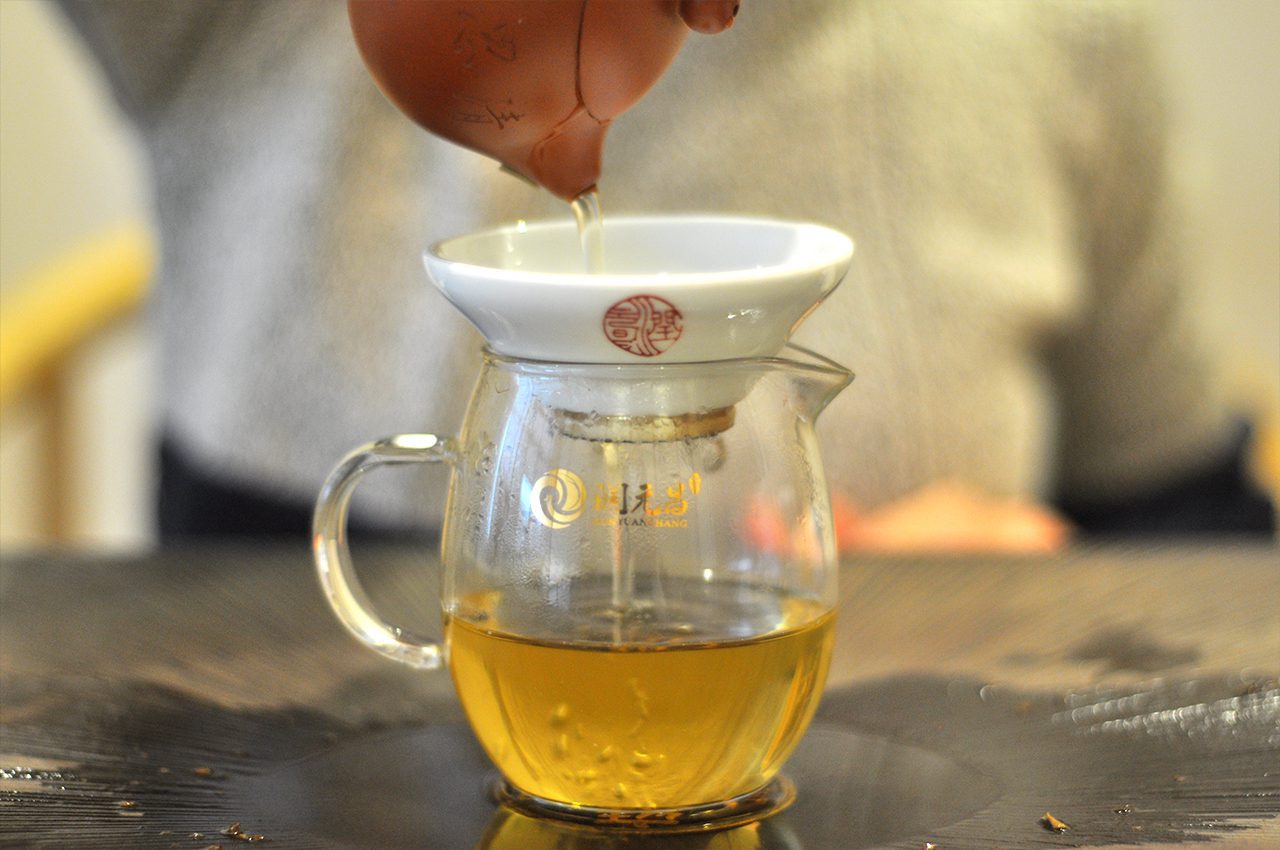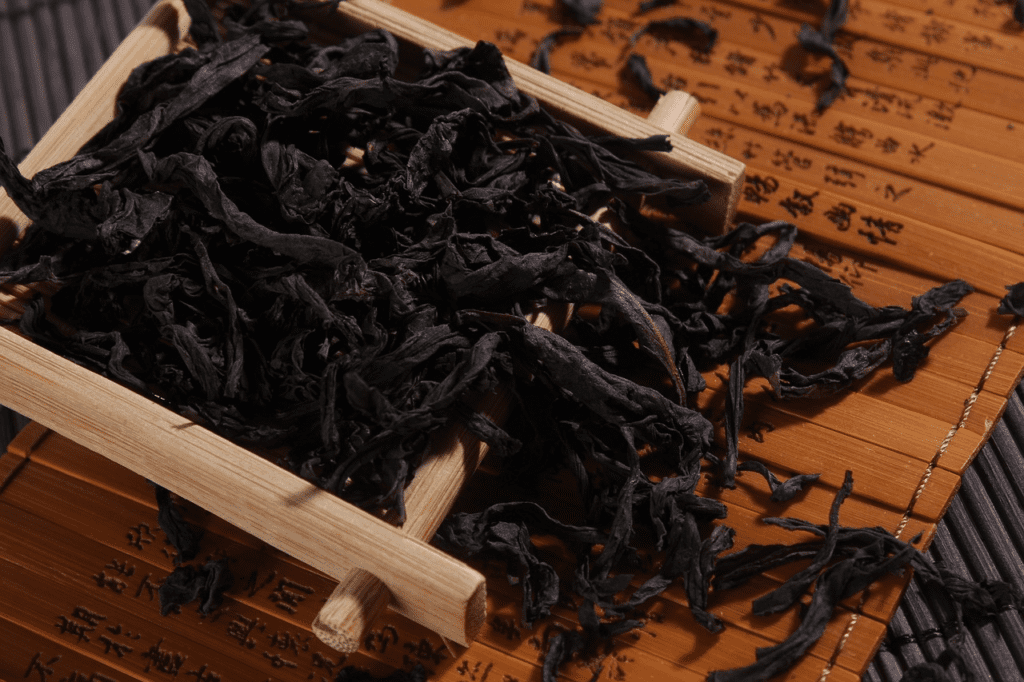Icelandic tea is a unique and charismatic tea drink that has attracted many tea lovers with its unique flavor and rich benefits and effects. In this article, we will take you through the history of Icelandic tea, its varieties, how to brew it, and its benefits and effects, so that you can enjoy a perfect cup of Icelandic tea at home.
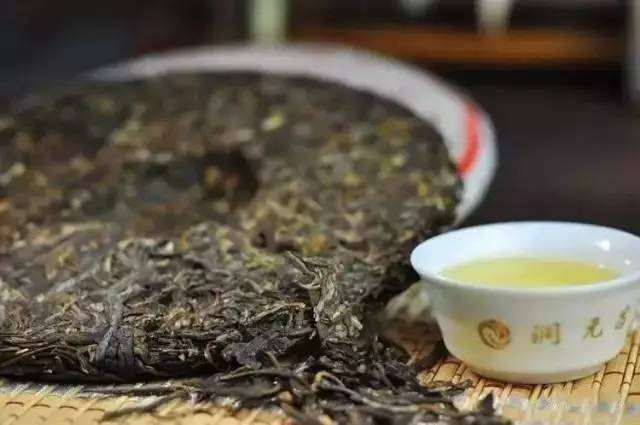
(Image source: Internet, deleted)
History and Culture of Icelandic Tea
The history of Icelandic tea dates back to the 18th century, when tea was first introduced to Iceland. Although Icelanders prefer their morning coffee, they are also passionate and creative about tea. The tea culture in Iceland is not just about drinking tea, they also make tea a part of their lives by incorporating it into sweets, soaps and chocolates.

(Image source: Internet, deleted)
In Iceland, the most popular tea is black tea blended with Icelandic moss. Icelandic moss is a type of lichen that grows on rocks and bark in Iceland and Scandinavia and is rich in nutritional and medicinal properties. In addition to traditional teas, Icelanders like to make teas from native plants such as Icelandic moss, birch leaves and angelica, which are not only tasty but also have many benefits and effects.

(Image source: Internet, deleted)
Types of Icelandic Tea
Icelandic tea mainly includes the following:
- Icelandic Moss Tea: Icelandic moss is a type of lichen that is rich in starch and complex polysaccharides with mucous membrane-cleansing properties and is commonly used to treat coughs, bronchitis and indigestion.
- Blend: Usually a mixture of black tea and Icelandic moss, it has a unique flavor and a wealth of benefits and effects.
- Herbal Tea: Herbal teas made with native Icelandic plants such as birch leaves and angelica, which have a variety of medicinal properties.
Icelandic Tea
Icelandic moss tea is known for its many benefits and effects, and here are some of the main ones:
- Relieves coughs and bronchitis: the starch and polysaccharides in Icelandic moss have a mucous membrane-clearing effect that helps relieve respiratory ailments.
- PROMOTES DIGESTIVE HEALTH: Icelandic moss tea helps treat indigestion, gastritis and intestinal problems.
- Immunity Enhancement: The polysaccharides contained in Icelandic moss have an immunostimulating effect and help to strengthen the body's resistance.

(Image source: Internet, deleted)
How to Brew Icelandic Tea
Brewing Icelandic tea is very simple, but requires some attention to detail to ensure optimal flavor and efficacy and effectiveness. Below are the detailed steps:
How to brew Icelandic moss tea
- Preparation: take a teaspoon of dry Icelandic moss.
- Boil: Bring 300 ml of water to a boil.
- SOAKING: Place dried Icelandic moss in boiling water and boil for about three minutes.
- Simmering: Remove the boiled tea from the heat and let it simmer for about ten minutes.
- Strain: Strain the tea and pour it into a teacup, you can add honey or lemon according to your personal taste.
How to brew tea blends
- Preparation: Take a teaspoon of black tea mixed with Icelandic moss.
- Boil: Boil water to 95°C.
- Steeping: Place the tea leaves in a teapot, fill with boiling water and steep for about 3 minutes.
- Taste: Pour into a teacup and sip slowly, adding honey as desired.

(Image source: Internet, deleted)
concluding remarks
Icelandic tea is not only a delicious drink, but also an experience full of culture and history. Whether it is Icelandic moss tea or blends, they all have a unique flavor and a wealth of benefits and effects. With the right brewing method, you can easily enjoy the pleasure and health of Icelandic tea at home.
We hope this guide will help you better understand and enjoy Icelandic tea. If you have any questions or would like to share your Icelandic tea experience, feel free to leave a comment below.

